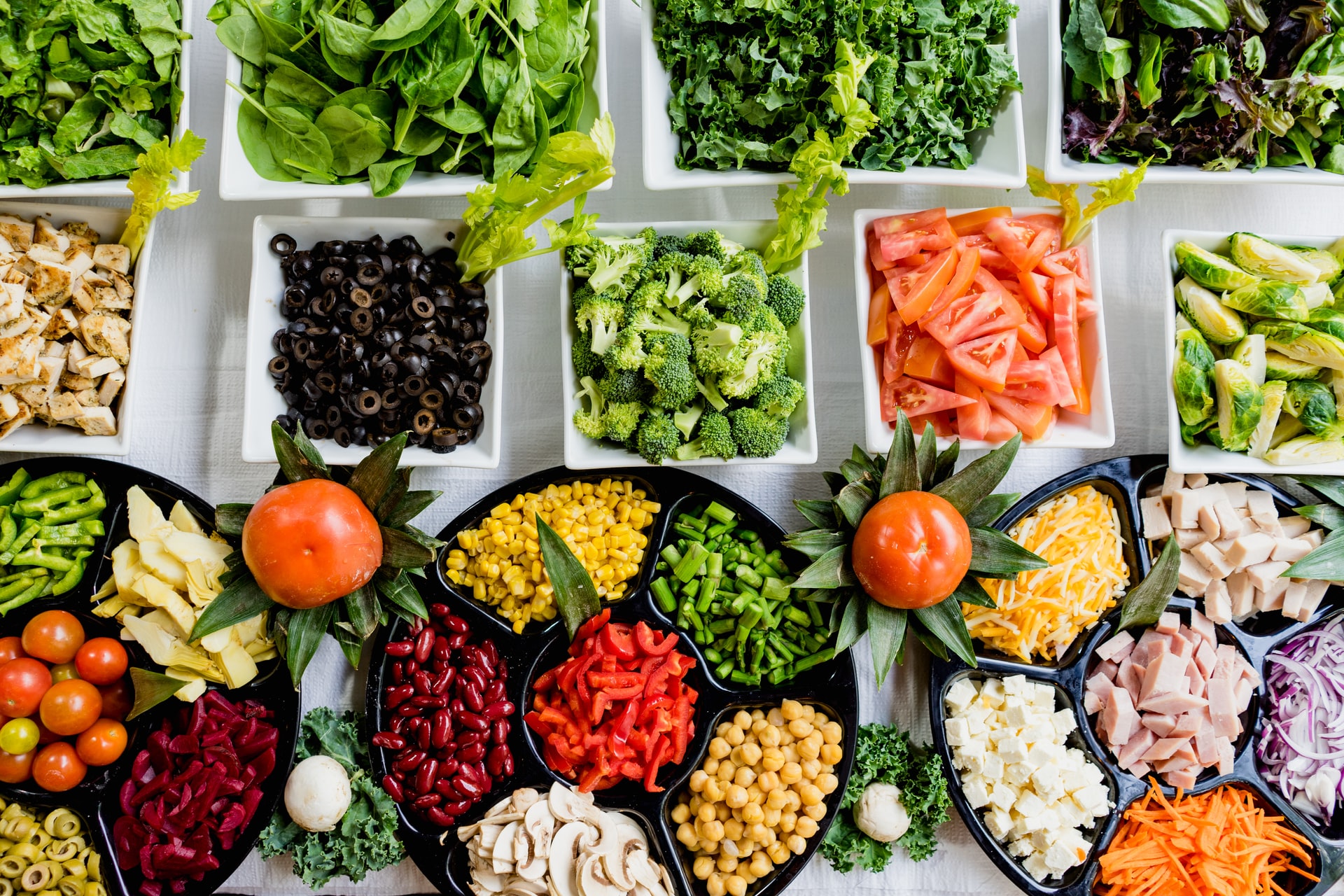The most expensive foods aren’t always the healthiest. Indeed, some dishes considered poor are actually very rich in precious nutrients. This is true of a group of foods that we don’t eat enough, especially in the summer. Here’s how to prepare them in a fresh and delicious way.
The winning combination that could protect health
When we think of summer dishes, we usually think of a tasty caprese, a rice salad or a thirst-quenching slice of watermelon. Certainly not legumes, which we associate mostly with steaming soups and cold winter evenings. Yet these foods cost very little and are also suitable for fresh and light recipes. So let’s see why we should eat more. First of all, we need to know that legumes are a fundamental component of the Mediterranean diet, also suitable for those suffering from diabetes. Indeed, experts suggest that diabetics eat three or four servings of legumes a week. But in reality the advice applies to everyone. In fact, legumes would be an excellent ally in the prevention of various diseases, especially if combined with whole grains.
In particular, a scientific study suggests that this combination of ingredients may have a protective role against cardiovascular diseases, certain forms of cancer and some chronic diseases. In addition, legumes and whole grains are an excellent source of fiber, which not only help keep the intestines healthy, but also help lower blood sugar and cholesterol levels in the blood. But how can you enjoy all these benefits even in summer?
In the summer, few eat these cheap foods suitable for high blood sugar and diabetes, but here are 3 tips to enjoy them cold
Certain typical winter foods are also very useful when it is hot: for example, this is the case of potatoes, which we can taste in a cold version to replenish potassium and combat fatigue. Even legumes and whole grains are transformed into delicious summer dishes, especially if we try to follow three simple suggestions. First of all, we can continue to prepare soups: a classic legume and cereal soup, in fact, is excellent not only hot, but also lukewarm. We can also blend legumes to obtain cold lentil or bean creams, or add chickpeas to gazpacho.
Secondly, an easy way to eat more legumes and grains is to try a slightly different version of a typical summer dish. We are talking about the rice salad: instead of buying it ready, we can prepare it with brown rice, canned chickpeas and the ingredients we prefer (vegetables, tuna, eggs, olives, etc.).
Finally, the third and final suggestion is to unleash your imagination to create fresh salads with original combinations of ingredients. Here are some ideas:
- barley with chickpeas, avocado and cherry tomatoes;
- spelled with lentils, mozzarella and olives;
- bulgur with cannellini beans, tomatoes and rocket;
- spelled with chickpeas, tomatoes, cucumbers, feta cheese and mint.
In short, legumes must be re-evaluated: in the summer few eat these cheap foods, yet they are excellent ingredients for fresh and healthy recipes.
Recommended reading
Few in June sow this vegetable very rich in potassium and yet it could lower blood pressure and blood sugar and give satisfaction without effort
